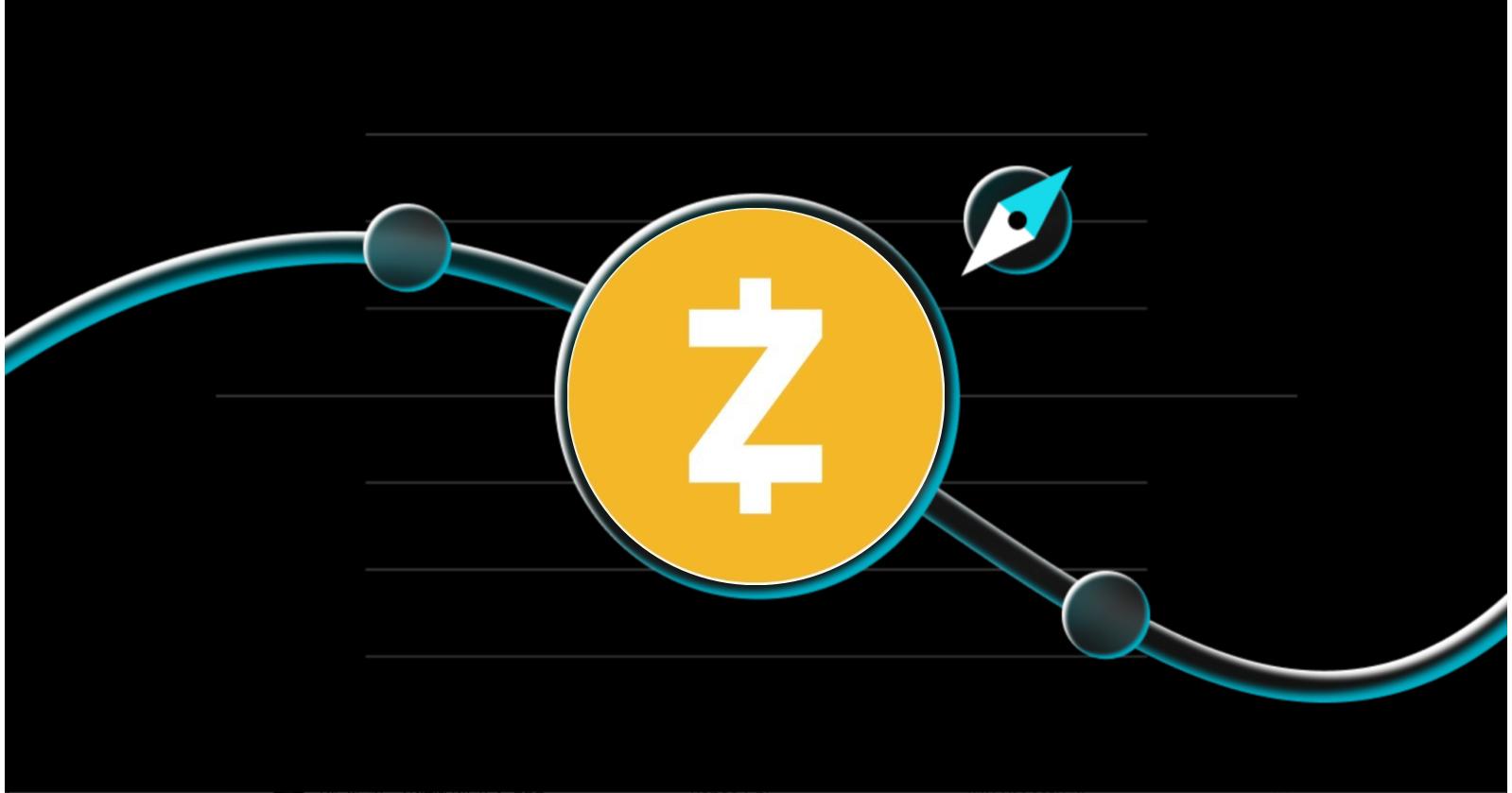
Setback or Setup: The Opportunity Only a “Bear” Market Can Offer
Bitcoin crashed 29% from $126,250 to $89,420 in six weeks. The Crypto Fear & Greed Index hit as low as 11, thus matching 2022 bear market levels. Over $1 billion liquidated in 24 hours. Newcomers are panic-selling while seasoned investors are aggressively buying. This divergence reveals a critical truth: what looks like a bear market to retail is a mid-cycle correction to veterans, and the data overwhelmingly supports the bulls.
The current selloff is nowhere near a true bear market. In 2022, Bitcoin collapsed 77% ($69,000 to $15,768) amid systemic failures (Luna's $45 billion implosion, FTX's fraud, Celsius bankruptcy). That was an existential crisis. Today's 29% correction from all-time highs is textbook bull market behavior comparable to the 40% September 2017 pullback and the 53% May 2021 crash, both of which preceded explosive rallies to new peaks. The fundamentals that weren't present in 2022 are stronger than ever: Bitcoin ETFs now hold $128 billion (1.33 million BTC), corporate treasuries control 800,000+ BTC, hash rate sits at record highs despite miner profitability lows, and a pro-crypto U.S. administration has reversed hostile regulations. When fear reaches these extremes while infrastructure strengthens, history suggests massive opportunity.
Comparing Real Bears To Healthy Corrections
The 2022 bear market was a systemic collapse that nearly destroyed crypto's credibility. Between May and November 2022, the industry suffered cascading failures that wiped $2.2 trillion from total market capitalization. That is equivalent to a 73% erasure of value. Luna and its algorithmic stablecoin UST vaporized $45 billion in one week, triggering contagion that toppled Three Arrows Capital ($10 billion gone), Celsius Network ($5.5 billion in liabilities), Voyager Digital, BlockFi, and ultimately FTX in November 2022. Sam Bankman-Fried's exchange collapsed with customer funds allegedly misappropriated, triggering another wave of bankruptcies including Genesis and Core Scientific. The Fear & Greed Index stayed in extreme fear (below 25) for over six months.
Compare that catastrophe to today. Bitcoin fell from $126,250 on October 5 to $89,420 on November 18, i.e. a 29% decline over six weeks. No major platforms have failed. No fraud has been exposed. The market structure is fundamentally healthier, with Bitcoin ETFs absorbing minimal outflows despite the 25% price drop and BlackRock's IBIT maintaining near $100 billion in assets. Exchange reserves hit seven-year lows at just 2.5 million BTC, meaning coins are moving to cold storage rather than being dumped on exchanges. Hash rate remains at record highs (near 1 exahash per second), thereby proving miners are committed long-term despite hashprice hitting five-year lows.
The macro environment has also inverted. In 2022, the Federal Reserve was aggressively hiking rates from 0% to 5.25% while inflation raged at 8-9%. All risk assets were crushed. Today, the FED is in an easing cycle with rate cuts expected, inflation is normalizing. Most critically, the Trump administration has transformed regulatory hostility into support. SEC Chair Gary Gensler's "regulation by enforcement" regime has been replaced by Paul Atkins' framework-building approach. SAB 121, which restricted banks from offering crypto custody, was rescinded in January 2025. The Ripple court victory established that XRP token sales on exchanges are not securities, creating legal precedent that benefits the entire industry.
We have to acknowledge that historical bull markets routinely experience 30-40% corrections. During the 2017 bull run, Bitcoin suffered nine significant pullbacks averaging 37% from peak to trough, including a 40% September 2017 crash - yet it still reached $20,000 by December. The May 2021 correction saw Bitcoin plunge 53% from $64,829 to $30,000 over 35 days due to Elon Musk's Tesla announcement and China's mining ban. That looked apocalyptic in real-time, yet Bitcoin recovered to $69,000 within six months. When Fear & Greed drops below 20 mid-cycle, subsequent 15-day average gains historically exceed 22%, with 200-300% rallies over 3-12 months.
The current November 2025 dip shares none of 2022's structural vulnerabilities. It's a leverage flush where $20 billion in liquidations since October 10 cleared overleveraged positions and reset market structure. Funding rates briefly went negative for the first time in 2025, a classic bottom signal that preceded major rallies in March 2020 and throughout 2024. This is painful but healthy market behavior, and definitely not any existential crisis.
What Veterans See: On-chain Signals Flash Accumulation
While retail investors capitulate, on-chain data reveals sophisticated players are accumulating aggressively. Whales accumulated over 375,000 BTC in the past 30 days during price weakness, according to CryptoQuant. The week of November 13 alone saw the second-largest weekly whale accumulation of 2025 at 45,000+ BTC. This pattern mirrors March 2025, when whales bought heavily during a sharp decline that preceded the rally to all-time highs.
The behavior split between holder cohorts tells a compelling story. Long-term holders (LTHs) distributed 452,532 BTC from July through November 2025 that resulted in a reduced supply from 14.76 million to 14.3 million BTC. But this is more similar to lifecycle profit-taking. Nicholas Gregory of Fragrant Board noted these sales are "mostly lifestyle driven rather than motivated by negative views of the asset," with the $100,000 price level and liquid ETF markets creating an attractive exit window for early adopters who bought at $1,000-$10,000. Those coins are most likely to be rotating to institutional holders who also hold long-term rather than simply disappearing.
Short-term holders (STHs) are experiencing extreme stress, with 2.8 million BTC now held at a loss. This is the highest underwater position since FTX's November 2022 collapse. The STH-SOPR (Spent Output Profit Ratio) sits below the critical 1.0 threshold, indicating this cohort is realizing losses. This capitulation creates the setup for bottoms. When weak hands finish selling and STH-SOPR reclaims above 1.0, it historically confirms renewed demand and marks turning points. Once again, we should see this dip as BTC changed hands between LTHs.

Source: CryptoQuant
Miner behavior reinforces conviction. Despite hashprice hitting a five-year low and operating margins having compressed to 48%, miners are choosing to hold rather than sell. Daily miner outflows have dropped from 23,000 BTC in February 2025 to as low as 3,672 BTC in November 2025. Satoshi-era miners sold only 150 BTC in all of 2025 versus nearly 10,000 BTC in 2024 (-98.5%). Miners are burning cash reserves instead of selling to demonstrate conviction that current prices are temporary.

Source: CryptoQuant
Perhaps most bullish is stablecoin supply surged to $252-303 billion, with $48 billion entering circulation in H1 2025 alone. USDC grew by $25 billion since the U.S. election while Bitcoin corrected, suggesting capital is staged and waiting to deploy. This represents massive dry powder sitting on exchanges ready to purchase crypto when sentiment shifts. Stablecoins now process over $27 trillion annually (which exceeds Visa and Mastercard combined), and growing stablecoin reserves historically lead price rallies by weeks.
Extreme Fear Historically Creates Extreme Opportunity
The Crypto Fear & Greed Index collapsed to 11 on November 18. Matching levels were last seen during the FTX collapse in November 2022 and the COVID crash in March 2020. But remember that Bitcoin was at $19,000 during the 2022 reading and $4,000 during the 2020 reading. Today it's above $90,000. The same sentiment exists at prices 4-19x higher, revealing how disconnected from fundamentals emotions become during volatility.
After the March 2020 COVID crash dropped the index to 8, Bitcoin rallied from $4,000 to over $60,000 in the following year. After September 2024's extreme fear at $53,000, Bitcoin doubled to $106,000 within three months. After February 2025's reading of 10 at $75,000, Bitcoin rebounded 25% within four weeks and ultimately reached new highs. When the index drops below 20, subsequent 15-day average gains exceed 22%, and 3-12 month returns historically range from 200-300%.
Technical indicators confirm oversold extremes. RSI fell below 29 on November 18, 2025, which was deep in oversold territory (below 30), while MACD histogram shows strong bearish momentum at (but convergence suggests the downtrend may be losing steam). Most significantly, funding rates went negative for the first time in 2025, a classic bottom signal that occurred during the March 2020 crash (-0.309%), the Silicon Valley Bank collapsed in 2023, and before major 2024 rallies. Negative funding means shorts pay longs a.k.a. bearish positioning is overextended.

Source: Bitget Spot Trading
The $20 billion liquidation cascade since October 10, while painful, cleared overleveraged positions and reset market structure. Open interest declined significantly as speculation was flushed out. This deleveraging creates healthier foundations, and previous bull runs often followed similar cleanouts that removed weak hands and excessive leverage. The divergence between retail capitulation and institutional accumulation, for example, Harvard (yes, it’s the Harvard University) tripling holdings, MicroStrategy buying at $102,000, or El Salvador purchasing 1,090 BTC on November 18, reveals who understands market cycles.

Source: Eric Balchunas on X
Closing Thoughts
What separates setback from setup is understanding what has changed since 2022. While retail sees red candles and panics, veterans recognize that Bitcoin's infrastructure underwent a transformation that didn't exist in previous cycles. The question isn't whether you believe in recovery. The question is whether you'll recognize the opportunity while it exists (or only in retrospect).
Disclaimer: The opinions expressed in this article are for informational purposes only. This article does not constitute an endorsement of any of the products and services discussed or investment, financial, or trading advice. Qualified professionals should be consulted prior to making financial decisions.



